We awoke to the most beautiful sunrise over foggy rocks and ocean. And no, you won’t see any of those images as they are only in our memories.
After breakfast we took the Lighthouse trail along the coast with its stunning views and interesting trees and plant life which were explained on signs along the way. For example, the coastal forest has stunted trees because of severe winds, salt spray and poor soil quality. Ruth really liked the wild roses.
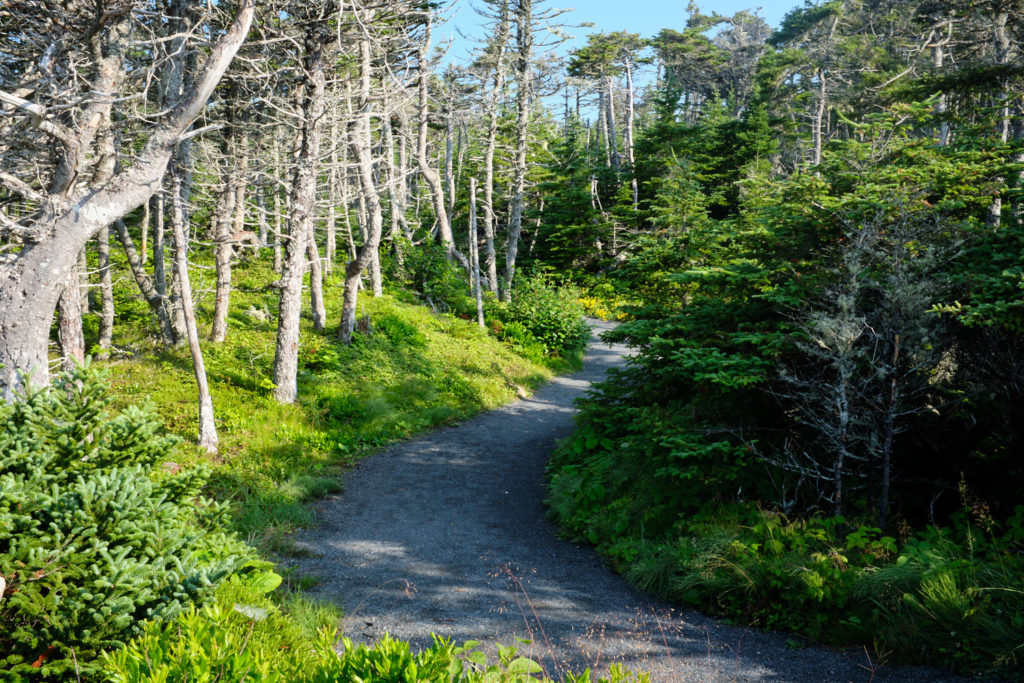
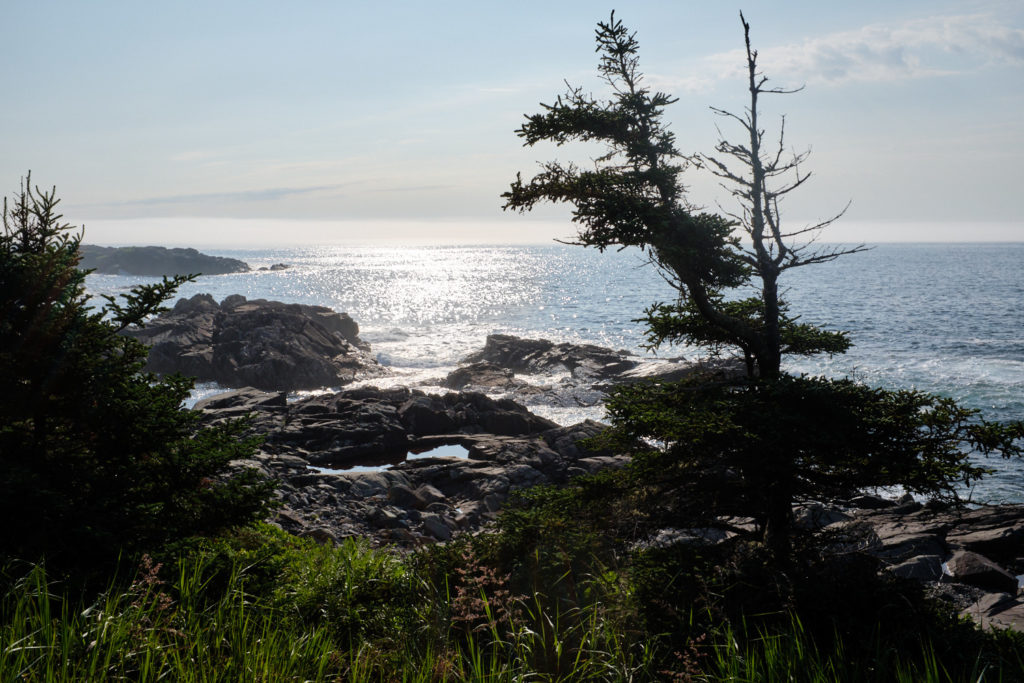
Further along the trail, we came to a rockier area and became mountain goats, climbing to the edge of the rocks to enjoy the play of the waves.
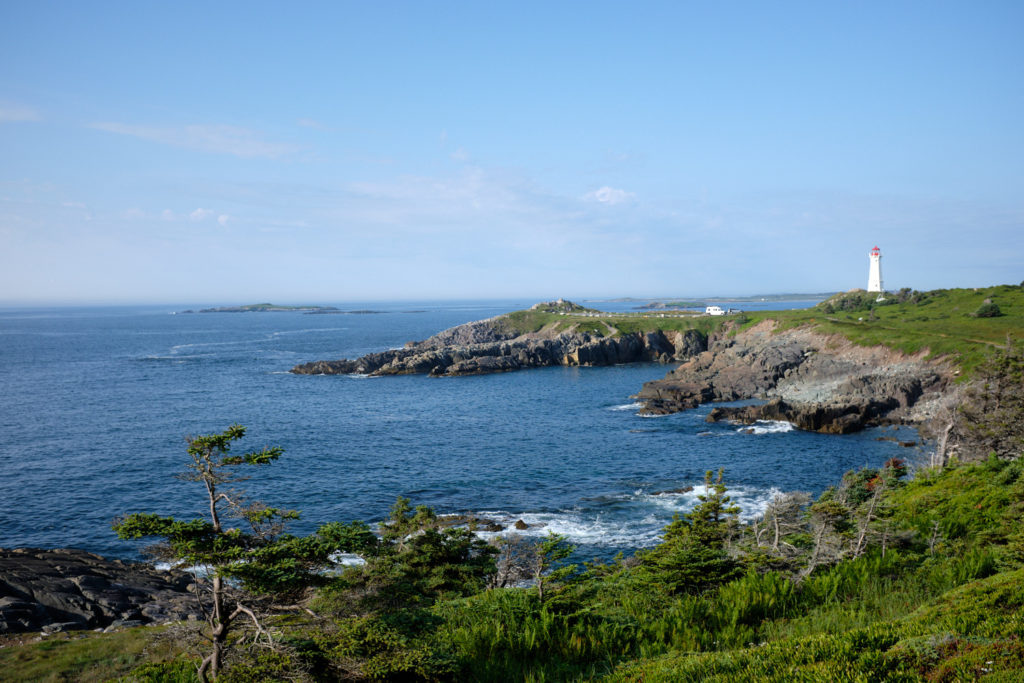
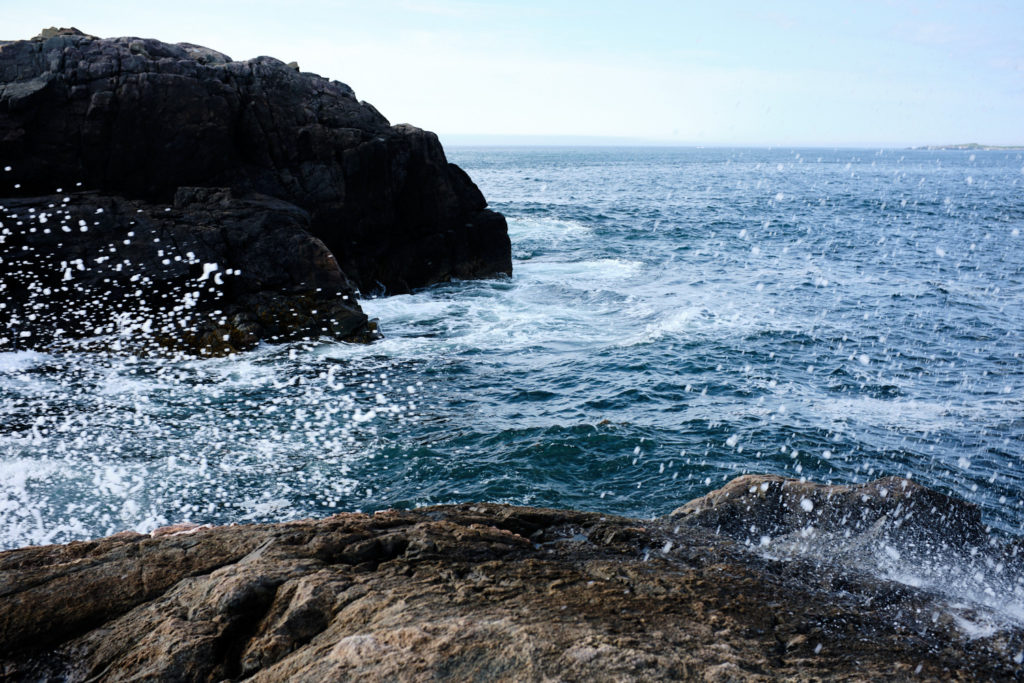
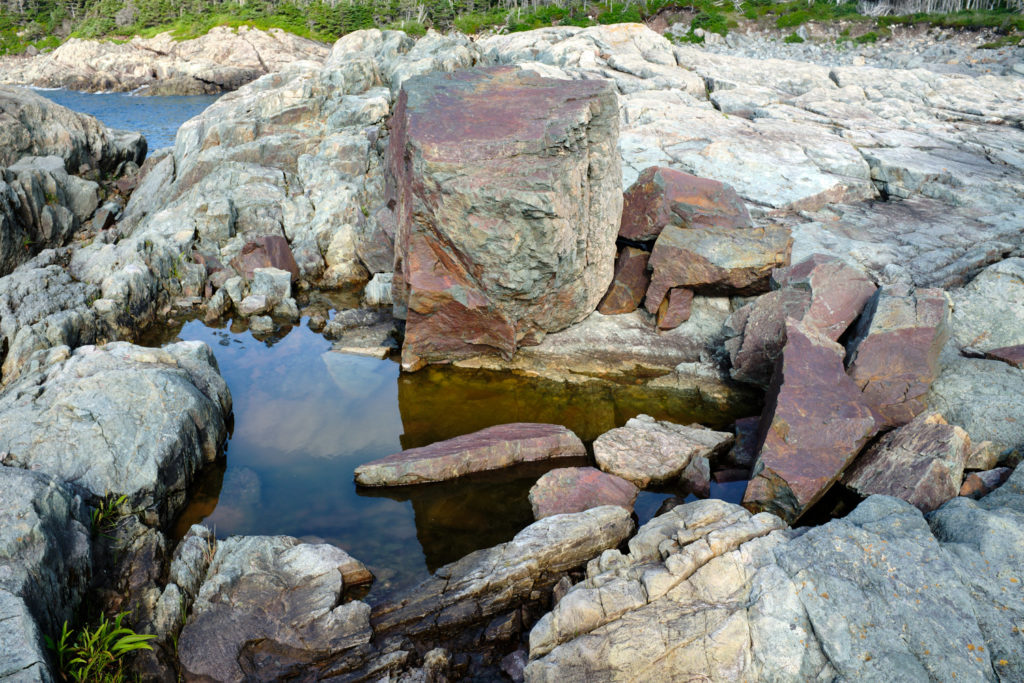
We spent way more time than we had expected and now needed to leave so that we could get to the Louisbourg Fort. Thankfully it was relatively cool so that we could leave Pepsi in the van with just the fan and not need to turn on the noisy generator and air conditioner.
A bus took us from the visitor center to the fort and we were astounded by the size of it and the small town contained within it. The current reconstruction is only one fifth of its original area.
We visited houses of craftsmen, middle class people and the architect, who was the third highest ranking person in the fort. It was nice to see beautiful architecture, connected by fences and vegetable gardens with chickens and turkeys running around.
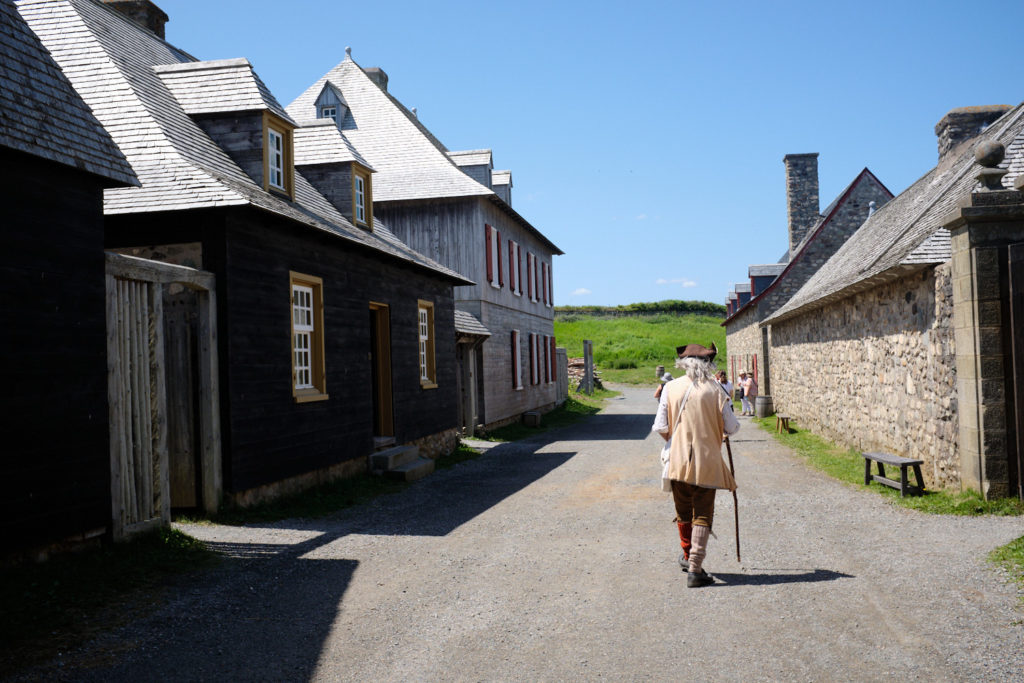
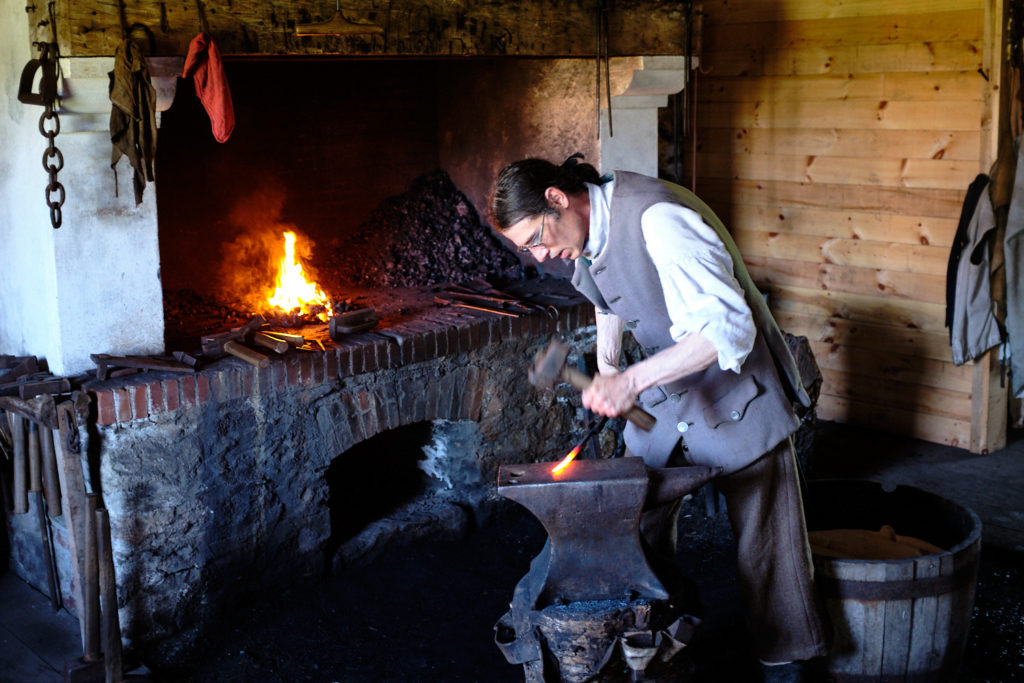
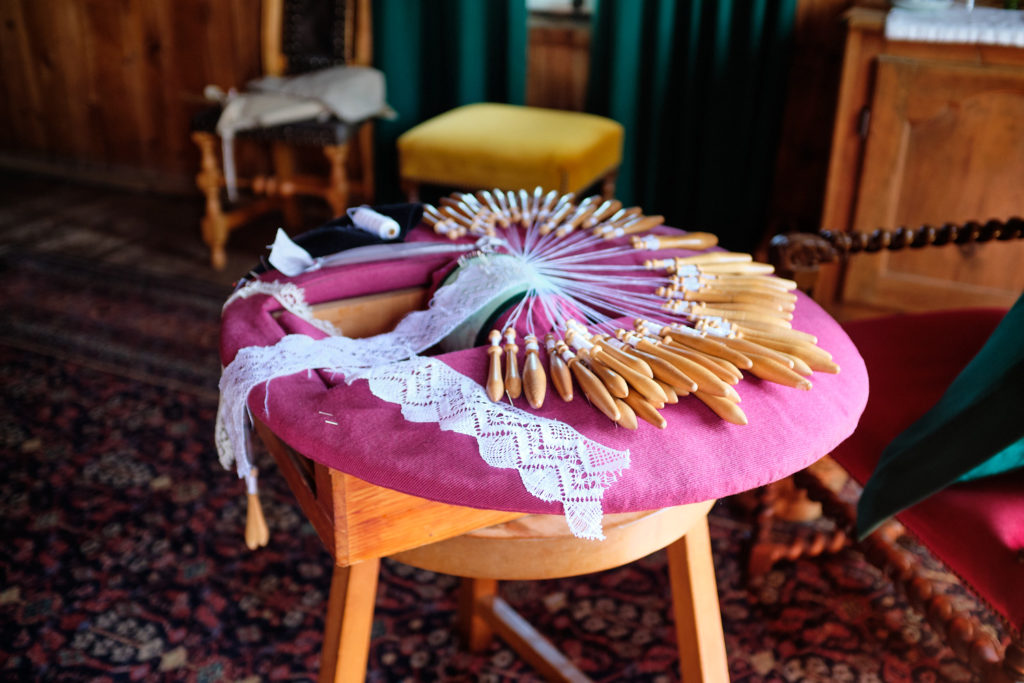
At the bakery we had a choice of three different kinds of bread – whole grain, eaten by the lower classes, half white/whole grain for the middle classes and white bread for the higher classes. The breads are baked in the traditional manner. We bought a large $5 loaf of the wholegrain, still warm, and enjoyed half of it on the spot.
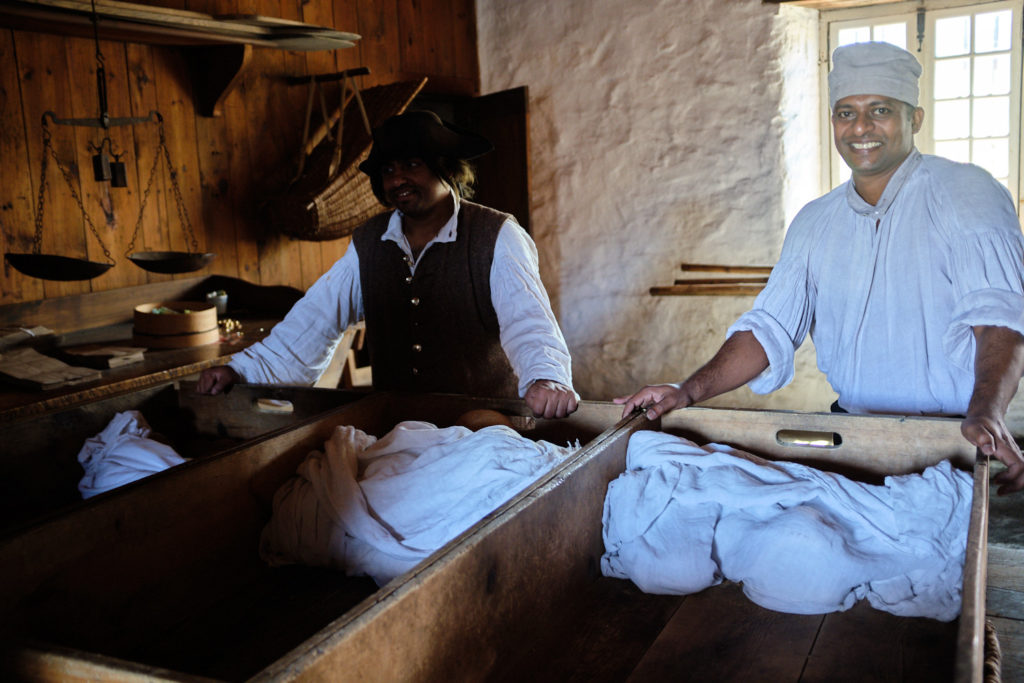
A highlight of our visit was a talk and demonstration of life as a soldier, complete with the firing of muskets and cannons. The muskets certainly were temperamental and take a long time to reload. The living conditions of the soldiers were hard, with little pay which also needed to cover their clothing. They bathed once a year and wore their shirts until they fell apart before moving on to the next one. On their days off they worked for local craftsmen on construction or repair of the fort for extra money.
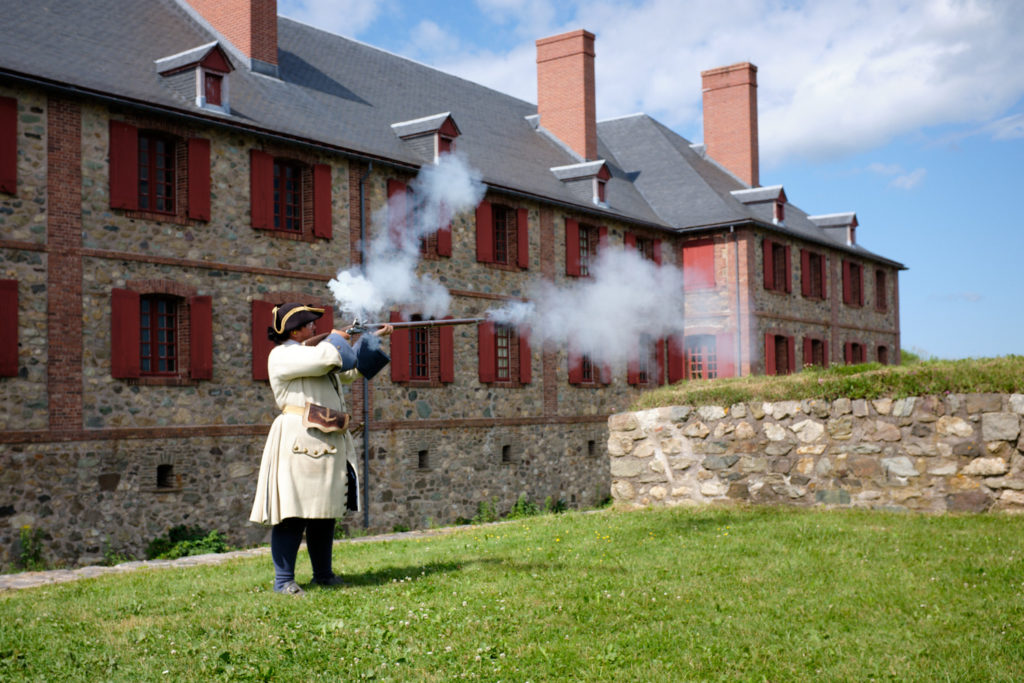
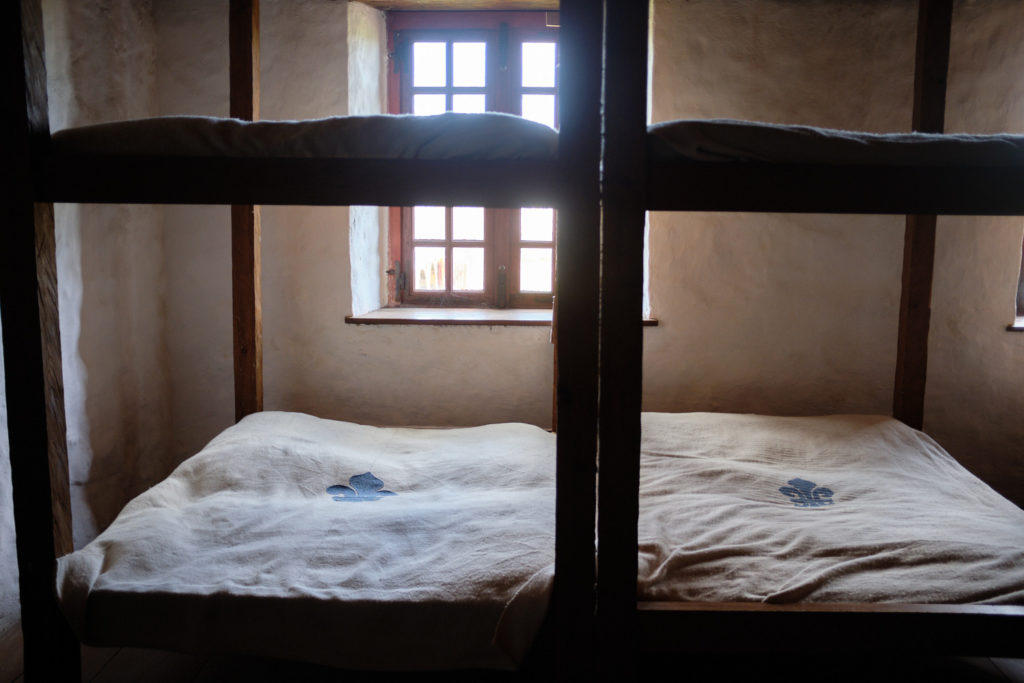
A great exhibit covered the reconstruction effort. The fort had been completely destroyed and historians, archeologists, architects, designers, craftsmen and artists from Canada, France and England worked on this immense project for 20 years. The craftsmen hired were often laid-off miners who were retrained after the mines closed.
Time to check up on Pepsi. She was sleeping away, nice and cool and demanded a treat. We set course for the Cabot trail and all the artisans along the way – leather, pewter, glass, pottery, and chocolate. We only bought chocolate. The Cabot trail road is steep, narrow and not always in good shape but the vistas make up for it.
This is a long weekend and we still didn’t have a place to stay and were warned that the grocery stores might also run low on food. We stopped at the Cape Breton campground and were told that all sites were full and that for $25 we could park in the overflow area. We decided to move on, saw a grocery store on way to stock up, and found a commercial campground that still had one site. It turned out to be unsuitable – small and with quite a slope. We took our chances and moved on and turned into the next park campground. A woman on foot was ahead of us at the park kiosk and taking a long time. We thought she might be getting the very last spot. Boy were we lucky – she had just cancelled her fully serviced site and we snapped it up. To celebrate we ate our freshly bought chicken and were serenaded by a live guitar player and singer at a nearby site. He was really good!